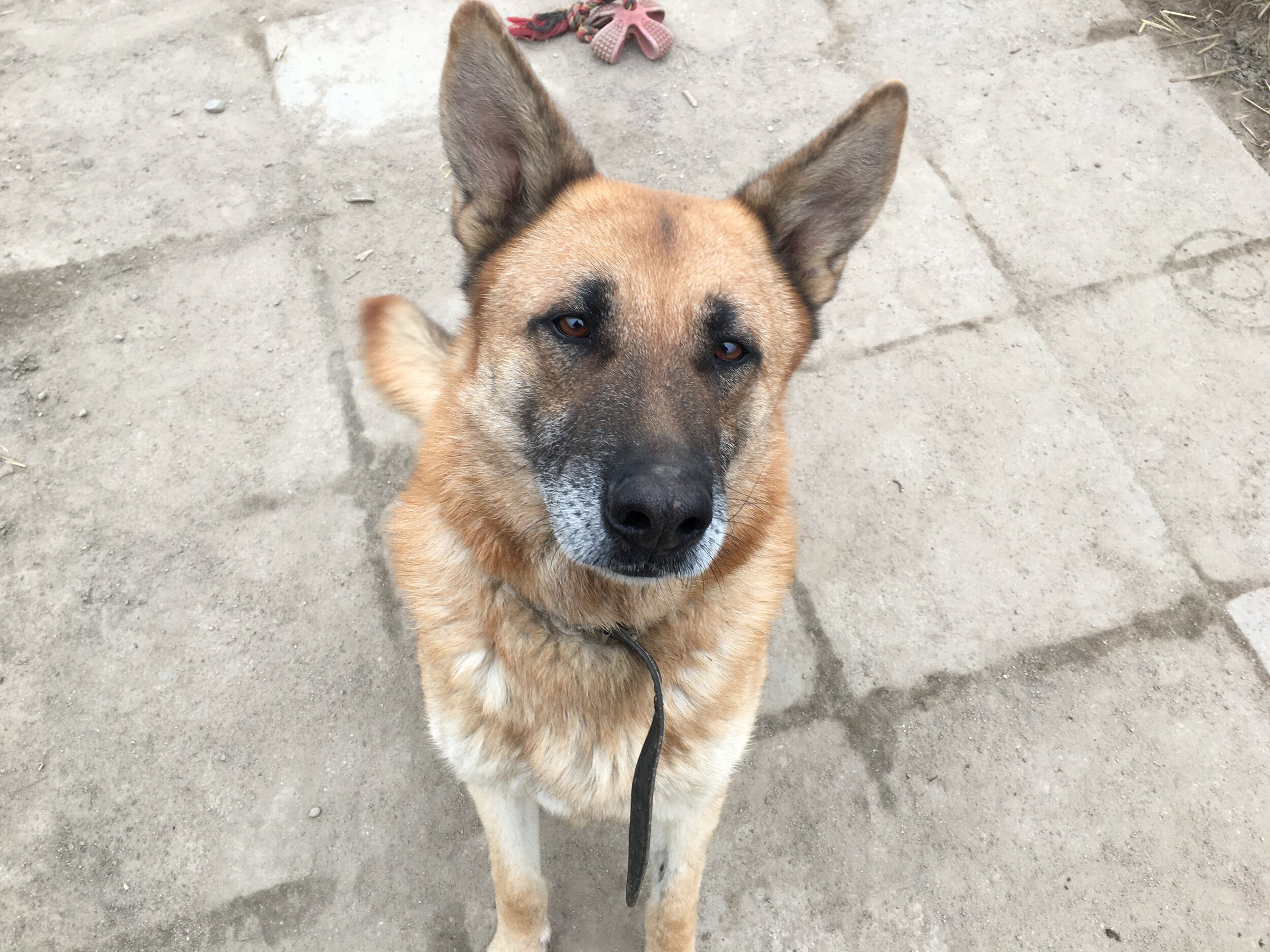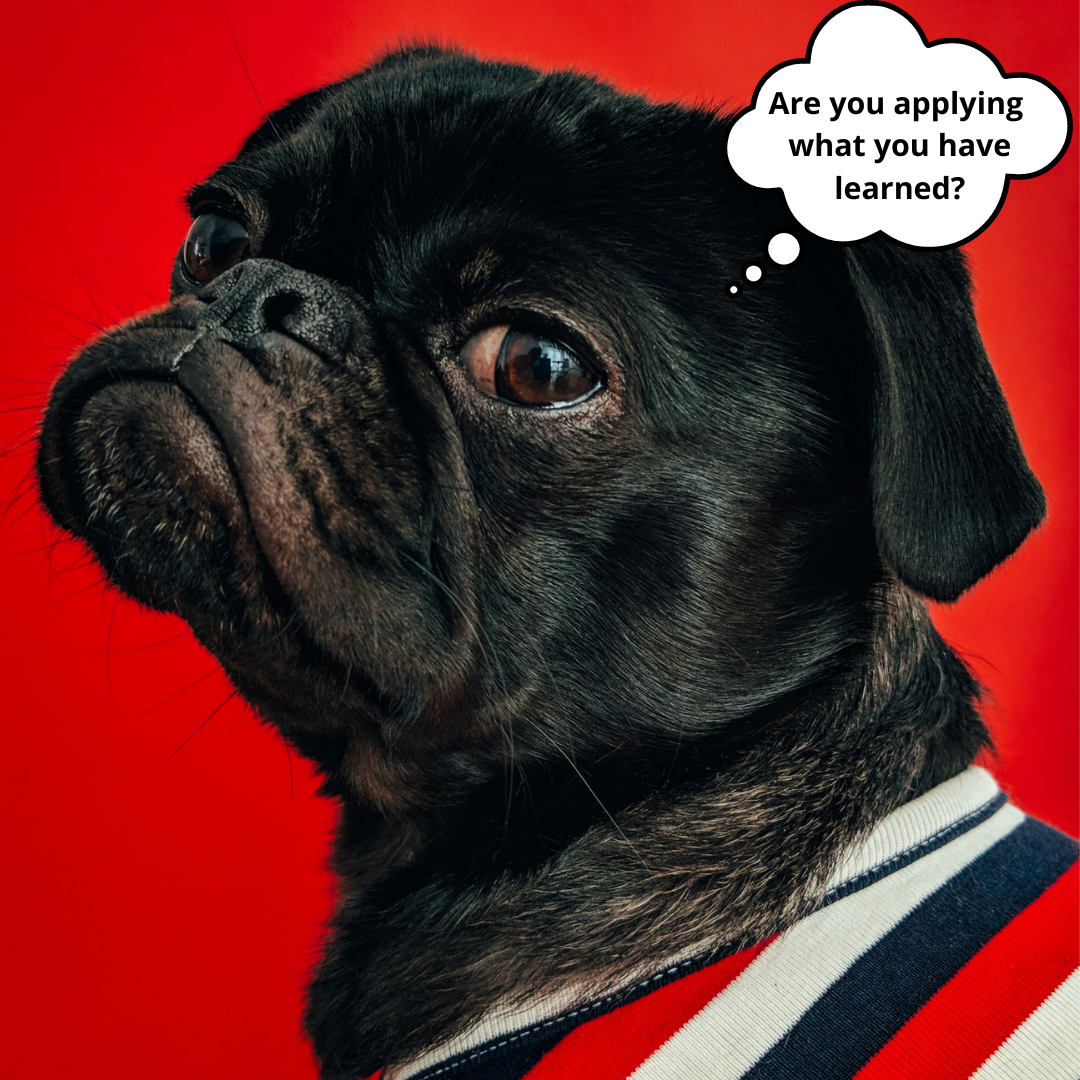How to use positive reinforcement with people?
Photo by Chewy on Unsplash
What does it mean to be a positive reinforcement trainer towards people too?
As positive reinforcement trainers, we learn to not expect too much from our animals and instead go at their own pace. We can get great at breaking the behaviour down for them, coming up with a plan and troubleshoot when the plan is not working as well as we hoped for. We learn not to get frustrated at our animal learners and when something isn't working, we take it as information that something in the environment and our own behaviour needs to be changed. It's not an easy task, it takes time and practice to get good at it. I know many trainers who are absolutely fabulous in it. At the same time, we can struggle with applying the same principles to our human learners. Knowing how to do it with animals, doesn't automatically get translated into our work with humans.
When we meet a client who never trained their dog and they reprimand the dog every time he does something they don't like, it's gonna take time for them to learn to be a positive reinforcement trainer. It's not going to happen overnight. There are many skills that go into it and we shouldn't expect them to learn it all right away. It's simply unfair.
Photo by Leohoho on Unsplash
When we get called to a client, we come up with a plan for a dog but then the client might not be able to put that plan into action straight away. If he never used treats, that's a skill in itself that he needs to learn. If he never learned to pay attention to what the dog is doing, that's another skill. Being timely with your reinforcement is another skill. Knowing where to stand, where to keep treats, where to toss them can already be way too many behaviours to learn in one session. Just like with the dog we break it down into smaller pieces, we could also break it down for the human learner and celebrate all approximations. Just the fact that our client started using treats for the first time with his dog can be already an approximation to celebrate! Expecting that he will now do it timely, use reinforcement placement, use the verbal marker, say the words before showing hand signals - that's way too much! We should go at our human client's pace on top of going at our dog client's pace.
What can we do to help our human client succeed?
Recently, working with a new client, I had a good reminder of that. Managing your client's expectations towards what the dog can offer is already challenging but then managing your own expectations towards what the client can do, is yet another level of difficulty! I know that at the beginning I went into the lecture mode and did my best to explain why this way of training works, what can he get from it, what are the dangers of using punishment, etc. Will the lecture make my client behave in a different way? Not really! It can start the process of change and can help him be more aware of what his default reactions are (which is a significant first step), but it's doing the practice and seeing success in it that creates a behaviour change.
As positive reinforcement trainers, we've been doing it for so long that it becomes second nature for us and we can easily forget that someone else might need to start from very small steps. We would like to help and make it work fast but sometimes, stepping back and allowing things to unfold is the best thing we can do. I remember Chirag Patel during 'Practical Puppy Training Instructors' Course' when asked 'what should we do when the client is grabbing the dog's mouth and taking the rocks out of her mouth?' he said, 'for now, ignore it'. The client we worked with had already tons of things to learn during the course. We can't work on everything at once. It's good to have that in mind but then, instead of making it wrong, teach the client what to do instead, for example, teach a 'drop' cue. When the behaviour starts to be more reliable, we can then ask our client 'where would you be able to use this behaviour in your day to day life?' The client can come up with a solution for the original situation on their own and we never had to emphasise that he or she is doing something 'wrong'.
Photo by Chewy on Unsplash
By sharing this example I'm not suggesting that saying something to the client is bad! You can suggest a different solution, you can explain whatever you would like to explain and there is nothing wrong with that. What I'm suggesting here is that this won't automatically change their behaviour. They need to learn those new solutions through practice, not just hearing about them. Your explanation doesn't have the same effect as putting words into practice. If you would like to explain things verbally, that's not a problem at all as long as you give them time to practise mechanical skills too.
The lack of skills
We get into this job because we would like to help. We want to make the dog's and human's lives better. It seems easy for us to do and we fully believe in the way we train as we've seen it work over and over again. It can make us forget that other people have a different experience. It can get very frustrating to see a client ignoring all of our suggestions and keep doing things their way. We can easily forget to celebrate the small wins they had and continue to see all the things we would like them to change. It's normal, human emotions. Sometimes, the client is not ready for this type of information and this type of teaching. It's ok if you as a trainer can't find a way to influence his behaviour. There are no trainers who can help everyone at once. It's great if you know other trainers that you can refer to. What's difficult for you, might not be difficult for another trainer. If that's not an option, it's ok to let go. We can get hung up on this one person that we weren't yet able to help and forget all the people we already helped successfully. Not every situation is equal and just because you weren't able to help them now, it doesn't mean you won't be able to help in the future. Judging ourselves harshly is not helpful for anyone. It's also not helpful to judge the client as being "stubborn" or "difficult". We all have our own stories and it's ok to struggle to find mutual solutions. No need to blame anyone, it just is what it is. There were skills missing, probably from both sides and that's ok. Developing new skills takes practise and not everyone has enough of it. We can't change the whole world but we don't have to be frustrated about it. If not this person, there will be another ready to learn. Without making this person bad or uncooperative we can say to ourselves "Not a client for me at this moment in time. Let's see who else I can help."
We are always learning
As positive reinforcement animal trainers, many of us teach humans how they can train their animals. There is a reason we are positive reinforcement trainers - we found it to be the most effective and at the same time the most ethical way. We can also learn to apply it with our human learners (check out the previous blog on how to communicate with people who have different opinions). It might not happen overnight as changing our own behaviour takes time but so it is for our human learners. Recognising how difficult it is for us to approach our human learners in a different way can help us grow more compassion for them and allow them more time to learn new skills.
Photo by Sebastian Coman Travel on Unsplash














I'm feeling great and I prioritise health. I don't feel better than anyone else! I can enjoy feeling good about myself and hope for everyone else to enjoy themselves too. I believe that happiness is not something you achieve, it's something you DO. I'm choosing habits for happiness and I do them every day. I hope you can join me and start to seek happiness every day.